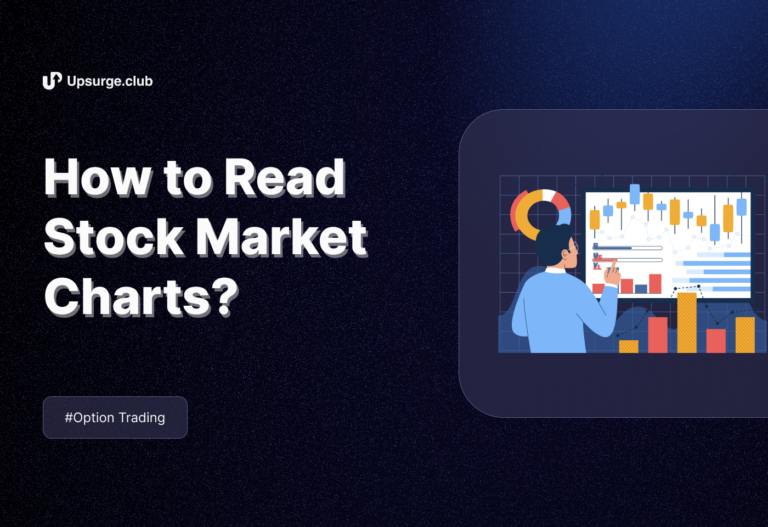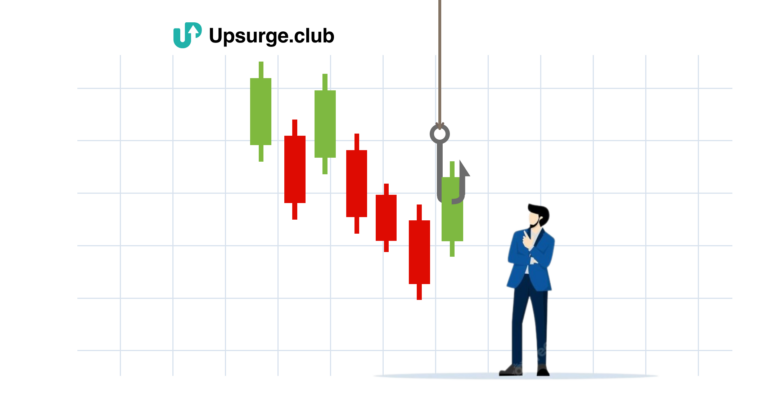Whether you are a beginner or an advanced person in the world of stock markets, you must know the importance of chart patterns in making well-informed trading decisions. Chart patterns are powerful tools that provide valuable insights into the market’s behavior and help predict potential price movements. In this blog, we will familiarize you with 20 essential chart patterns to trade effectively and a must-know for every trader. By understanding these patterns, you can enhance your trading strategy and increase your chances of trading effectively.
What are Chart Patterns for Trading?
Chart patterns are specific formations or shapes that appear on price charts, indicating potential trends, reversals, or continuation patterns. These patterns emerge as a result of the ongoing struggle between buyers and sellers in the market. By recognizing these patterns, traders can identify opportunities to enter or exit positions and manage risk more effectively.
Now, let’s delve into the 20 chart patterns that you should add to your trading arsenal:
1. Head and Shoulders
Head and Shoulders is a bearish reversal pattern characterized by three peaks, with the middle peak being the highest (the head) and the other two forming lower highs (the shoulders). It signals a potential trend reversal from bullish to bearish, and traders often use it to identify selling opportunities.
Source: DailyFX
2. Double Top and Double Bottom
Double top is a bearish reversal pattern that forms after an uptrend. In contrast, the double bottom is a bullish reversal pattern that occurs after a downtrend.
Source: FXOpen
3. Triple Top and Triple Bottom
Similar to double top and double bottom, triple top is a bearish reversal pattern, and triple bottom is a bullish reversal pattern. They signify increased resistance or support levels.
Source: VectorStock
4. Cup and Handle
The cup and handle pattern is a bullish continuation pattern that resembles a cup followed by a smaller handle. It suggests the continuation of an uptrend.
Source: TradingwithRayner
5. Ascending Triangle
Ascending triangle is a bullish continuation pattern characterized by a flat resistance level and higher lows, indicating potential upward movement.
Source: CenterPoint Securities
6. Descending Triangle
Descending triangle is a bearish continuation pattern marked by a flat support level and lower highs, indicating potential downward movement.
Source: Forextraders.com
7. Symmetrical Triangle
Symmetrical triangle is a neutral pattern where the price forms lower highs and higher lows, suggesting a potential breakout in either direction.
Source: ThinkMarkets
8. Flag and Pennant
Flag and pennant patterns are short-term continuation patterns that occur after strong price movements. Flags are rectangular, while pennants are triangular.
Source: Wikipedia
9. Wedge
Wedge patterns are similar to triangles but have slanting support and resistance lines. Rising wedges are bearish, and falling wedges are bullish.
Source: Bybit Learn
10. Rectangle
A Rectangle is a sideways trading pattern formed when the price of an asset moves within a range with relatively equal highs and lows. The pattern is characterized by horizontal lines connecting the highs and lows, creating a box-like shape on the price chart. Traders often use it to identify potential breakout or breakdown opportunities once the price breaks above or below the rectangle’s boundaries.
Source: Tradimo
11. Rounded Bottom (Saucer) and Rounded Top (Saucer)
Rounded bottom is a bullish reversal pattern resembling a saucer. In contrast, the rounded top is a bearish reversal pattern with an upside-down saucer shape
.
Source: VectorStock
12. Inverse Head and Shoulders
Inverse head and shoulders is a bullish reversal pattern opposite to the regular head and shoulders, signaling a shift from bearish to bullish.
Source: Forex Academy
13. Bullish Engulfing
Bullish engulfing is a two-candle pattern where the second candle completely engulfs the first, indicating a potential bullish reversal.
Source: DailyFX
14. Bearish Engulfing
Bearish engulfing is the opposite of bullish engulfing, suggesting a potential bearish reversal.
Source: Binance
15. Piercing Pattern
Piercing pattern is a two-candle bullish reversal pattern where the second candle closes more than halfway above the first candle.
Source: Living From Trading
16. Dark Cloud Cover
Dark cloud cover is a two-candle bearish reversal pattern where the second candle closes more than halfway below the first candle.
Source: DailyFX
17. Hammer
Hammer is a bullish candlestick pattern that occurs at the bottom of a downtrend. It has a small body near the high and a long lower wick, resembling a hammer. It signals a potential trend reversal, and traders often interpret it as a buying opportunity.
Source: Forex Training Group
18. Shooting Star
Shooting Star is a bearish candlestick pattern that occurs at the top of an uptrend. It has a small body near the low and a long upper wick, resembling a shooting star. It signals a potential trend reversal, and traders often interpret it as a selling opportunity.
Source: Bybit Learning
19. Morning Star
Morning Star is a three-candle bullish reversal pattern, starting with a large bearish candle, followed by a small candle, and ending with a large bullish candle.
Source: Forextraders.com
20. Evening Star
Evening Star is a bearish candlestick pattern that occurs after an uptrend. It consists of three candles – a large bullish candle, followed by a small-bodied candle with little price movement, and finally, a large bearish candle. It signals a potential trend reversal, and traders often interpret it as a signal to sell or short the asset.
Source: Forextraders.com
By familiarizing yourself with these chart patterns, you can better understand market dynamics and improve your trading decisions.
Conclusion
Chart patterns are significant in technical analysis and can significantly impact your trading success. As a trader, you must recognize and incorporate these patterns into your trading strategy. If you wish to enhance your trading skills further, consider enrolling in Upsurge.club’s comprehensive course on Candlestick Trading. This course provides valuable insights into candlestick patterns, allowing you to make more informed trading decisions and achieve your financial goals in the stock market.



